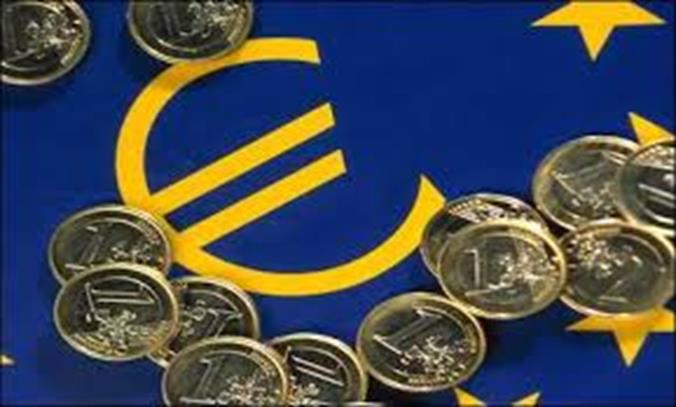The Euro as an International Currency: Explaining Puzzling First Evidence from the Foreign Exchange Markets
Journal of International Money and Finance, Vol. 21(3) (2002), 351-383
with William Killeen and Michael Moore
This paper presents evidence that the bid-ask spreads in euro rates increased relative to the corresponding bid-ask spreads in the German mark (DM) prior to the creation of the currency union. This comes with a decrease in transaction volume in the euro rates relative to the previous DM rates. The starkest example is the DM(euro)/yen rate in which the spread has risen by almost two-thirds while the volume decreased by more than one third. This outcome is surprising because the common currency concentrated market liquidity in fewer external euro rates and higher volume tends to be associated with lower spreads. We propose a microstructure explanation based on a change in the information environment of the FX market. The elimination of many cross currency pairs increased the market transparency for order flow imbalances in the dealership market. It is argued that higher market transparency adversely affects the inventory risk sharing efficiency of the dealership market and induces the observed euro spread increase and transaction volume shortfall.



